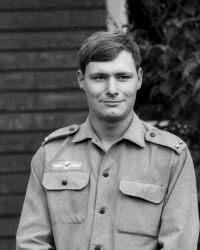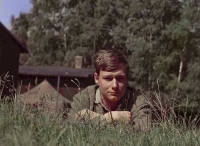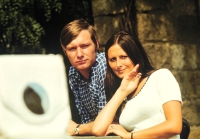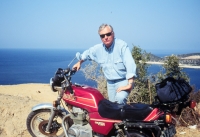The Prague Spring was a swallow, but it quickly flew away
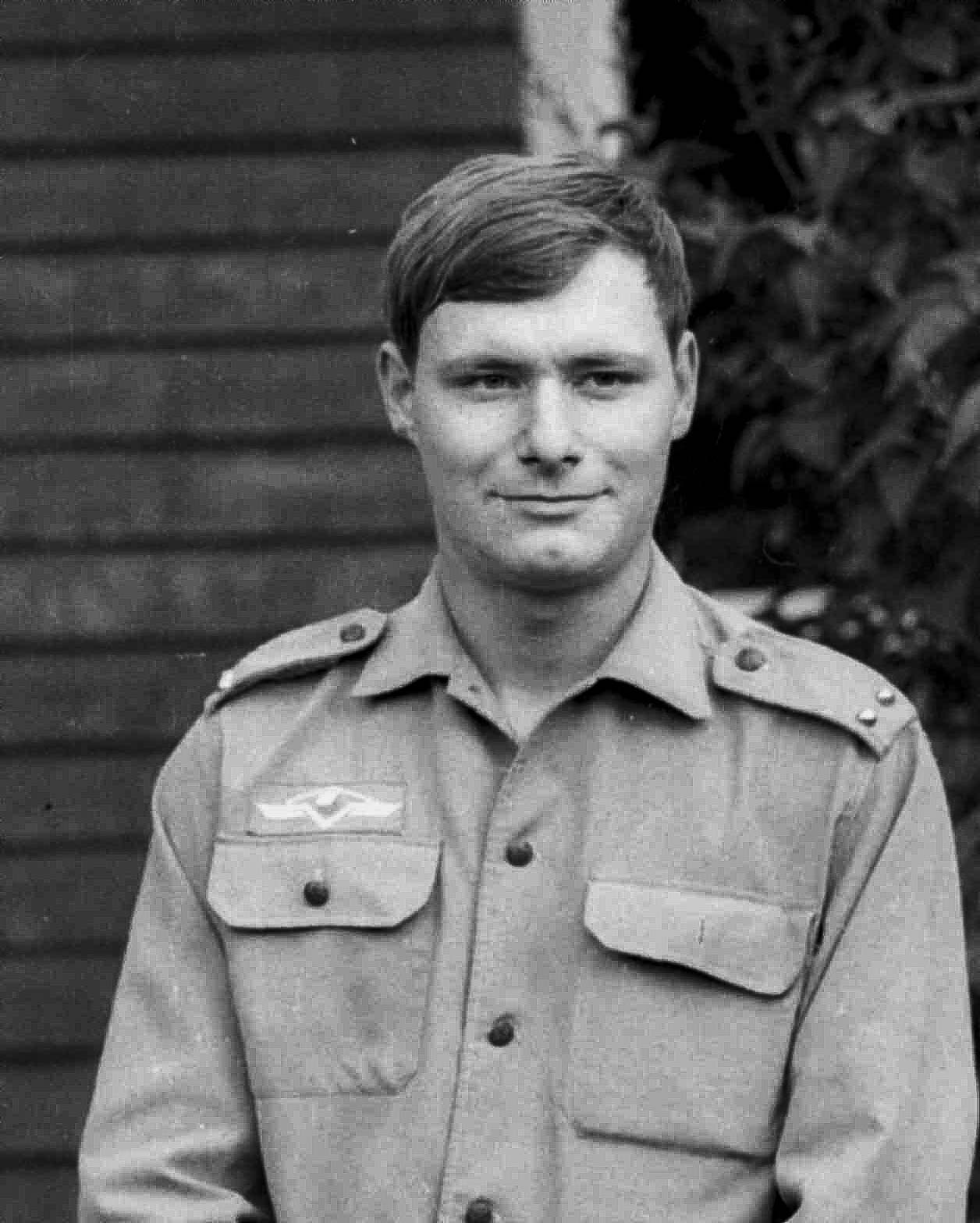
Stáhnout obrázek
Libor Hajský was born on 13th October 1948 in Prague to parents Miloš and Miloslava, née Moulisová. His father was active in the artistic environment since the 1920s - he worked as an actor, assistant director and independent director of two silent films. After the war, he directed at the theatre in Karlovy Vary and worked in the film studios at Barrandov. After he broke with the Communist Party following the Communist coup, he took up a position at the Central Puppet Theatre. Mother Miloslava worked as an assistant director at Czechoslovak Radio. Libor Hajský gravitated towards photography from childhood and after graduating from the Secondary General Education School (SVVŠ) in 1966, he joined the Czechoslovak Press Agency (ČTK) as a photo lab assistant. He completed his education in the evening at the Cooperative of Photography. He experienced and photographed the events of 21 August 1968 in the centre of Prague. By coincidence, twelve of his colour photographs documenting the events in front of the radio station and on Wenceslas Square have survived. For twenty years, however, they remained in a vault. The negatives for his black and white photographs from 21 August were burned by Soviet soldiers when they broke into the CTK on the evening of the same day. In the autumn of 1968, he joined the army, which he spent first with the artillerymen in Sokolov and then as a military photographer in Karlovy Vary. In the autumn of 1970 he returned to CTK to work in the laboratory and from January he worked as a photojournalist, later mainly as a sports photojournalist. Between 1974 and 1976, the State Security took an interest in him and initially kept him in the category of candidate for secret cooperation and then briefly as a confidant. In 1978 he faced criminal prosecution, but it was eventually dropped. The matter was settled by a job sanction - he was to return to the laboratory for two years and his name was not allowed to appear under photographs. This was all because he had sung and recited lyrics that ridiculed leading Soviet officials at a military exercise. He married in the mid-1970s and he and his wife Helena raised two daughters. Until the 1989 revolution, he photographed mainly sports. In the 1980s, he was able to travel abroad, for example to the Winter Olympics in Sarajevo or to the World Hockey Championships in Vienna. In 1989, he signed a few sentences in CTK. During the Velvet Revolution, he documented public meetings and negotiations between the Civic Forum leadership and the government of the time. He stayed at CTK for two more years, working also for magazines such as Fotbal and Týden, then went freelance. After the revolution, his cycles on the 1960s and the Velvet Revolution became part of several exhibitions and publications. His iconic photographs of the Soviet occupation of Czechoslovakia appear in the selections of world media and agencies. In 2024, he was living in Zbečno.

